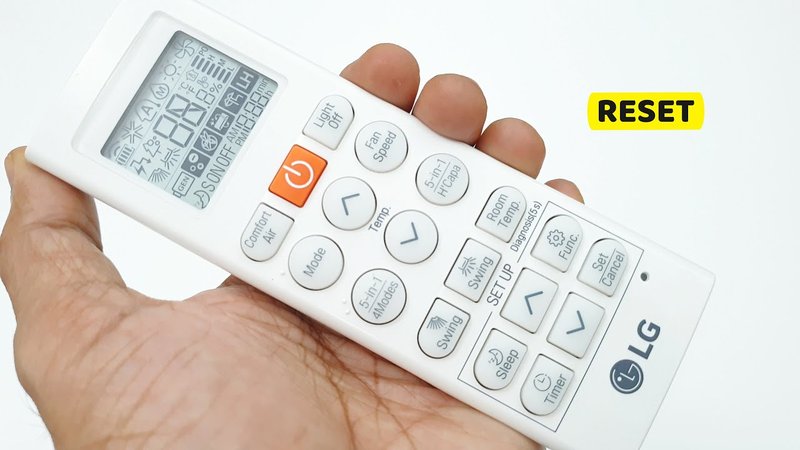
Now, don’t fret. While the term “error code” might sound technical, tackling these issues doesn’t require a degree in engineering. Often, it’s just a matter of knowing where to look and what steps to take. So, sit back, relax, and let’s walk through the process together. By the end of this article, you’ll be armed with everything you need to get your cool breeze back on track.
Understanding Error Code E1 on LG Air Conditioners
Before jumping into solutions, it’s helpful to understand what the E1 error code actually means. Think of it as your air conditioner’s way of waving a small white flag, indicating a need for attention. This error can typically arise from a miscommunication within the unit, largely due to issues with temperature sensors or an internal fault in circuitry. Just like how your body might give you a fever as a sign of a cold, the E1 code serves as the air conditioner’s symptom checker.
These sensors are critical because they ensure that your air conditioner maintains the desired temperature. When they go awry, it’s like trying to bake cookies without an oven timer – things can quickly get out of control. Likewise, the internal circuits need to function correctly for all components to “talk” to each other well. An error in these components could lead to misreadings and, ultimately, the error code.
If you find yourself puzzled over why this happens, remember that electronic devices, much like people, can have off days. Dust accumulation, power surges, or even changes in room temperature can throw off the internal balance. Knowing this helps demystify the error code and sets the stage for effectively addressing it.
Steps to Reset Your LG Air Conditioner
Ready to restore your room’s refreshing chill? The first step involves a simple reset. Think of this as giving your air conditioner a gentle nudge, much like rebooting your computer when it acts sluggish. Start by turning off the air conditioner and unplugging it from the wall outlet. Keep it unplugged for about 15 to 20 minutes. This act allows the internal systems to fully power down and reset, similar to a long, refreshing nap.
Once the wait is over, plug the unit back in and power it on. As you do this, listen for any unusual sounds or check if the error code persists. If the E1 code disappears, you’ve likely managed to clear the glitch. However, if it remains or returns shortly after, more detective work might be required.
If your air conditioner still sports the E1 code, the next step could involve checking the temperature sensors. These components are akin to the air conditioner’s “thermometers.” Carefully inspect them for signs of damage or disconnection. If comfortable, realign or reattach any components that appear out of place. And remember, handling electrical parts can be tricky, so if you’re unsure, it’s always wise to call in a professional.
Preventing Future Error Codes
Now that your air conditioner is up and running, let’s keep it that way. Regular maintenance is key here. It’s a bit like maintaining a car; regular oil changes can prevent breakdowns. Similarly, ensuring your air conditioner’s filters are clean can stave off many common issues. Dust and debris can clog airflow, causing the unit to overheat and potentially leading to error messages.
Additionally, keep an eye on any external power surges that could affect your unit. Consider using a surge protector to prevent electrical faults. Think of it as an added layer of protection, much like wearing a seatbelt when driving. This step safeguards your appliance from unexpected jolts of power that could lead to sensor malfunctions.
Finally, make it a habit to check and inspect your air conditioner periodically. A quick look every couple of months to ensure wires are intact and that there’s no undue wear can do wonders. By staying proactive, you reduce the chances of encountering the E1 error or other issues in the future. Enjoy peace of mind knowing that with a bit of care, your trusty LG air conditioner will keep you cool and comfortable.